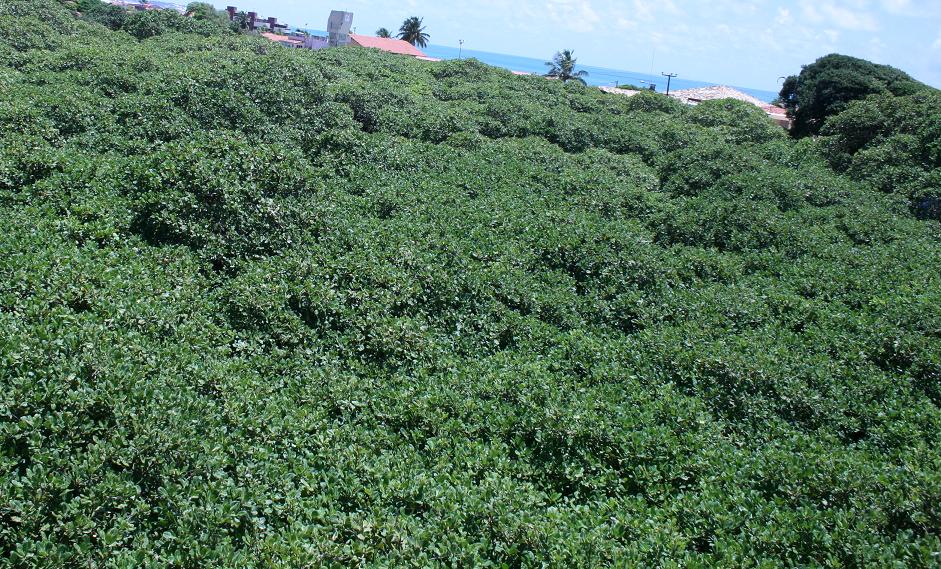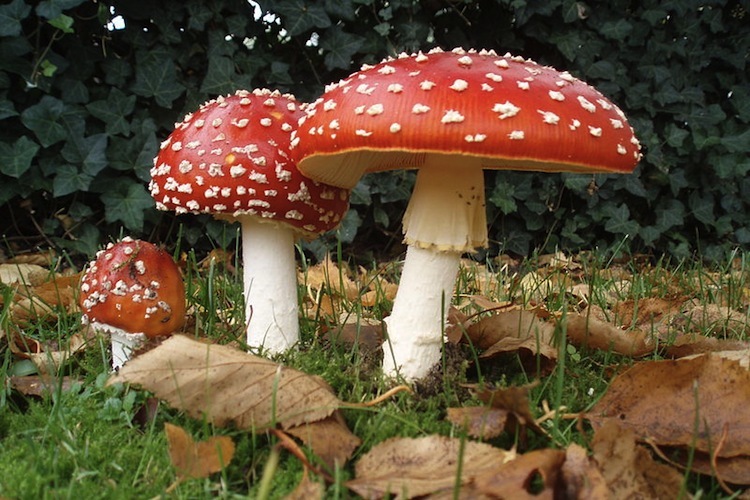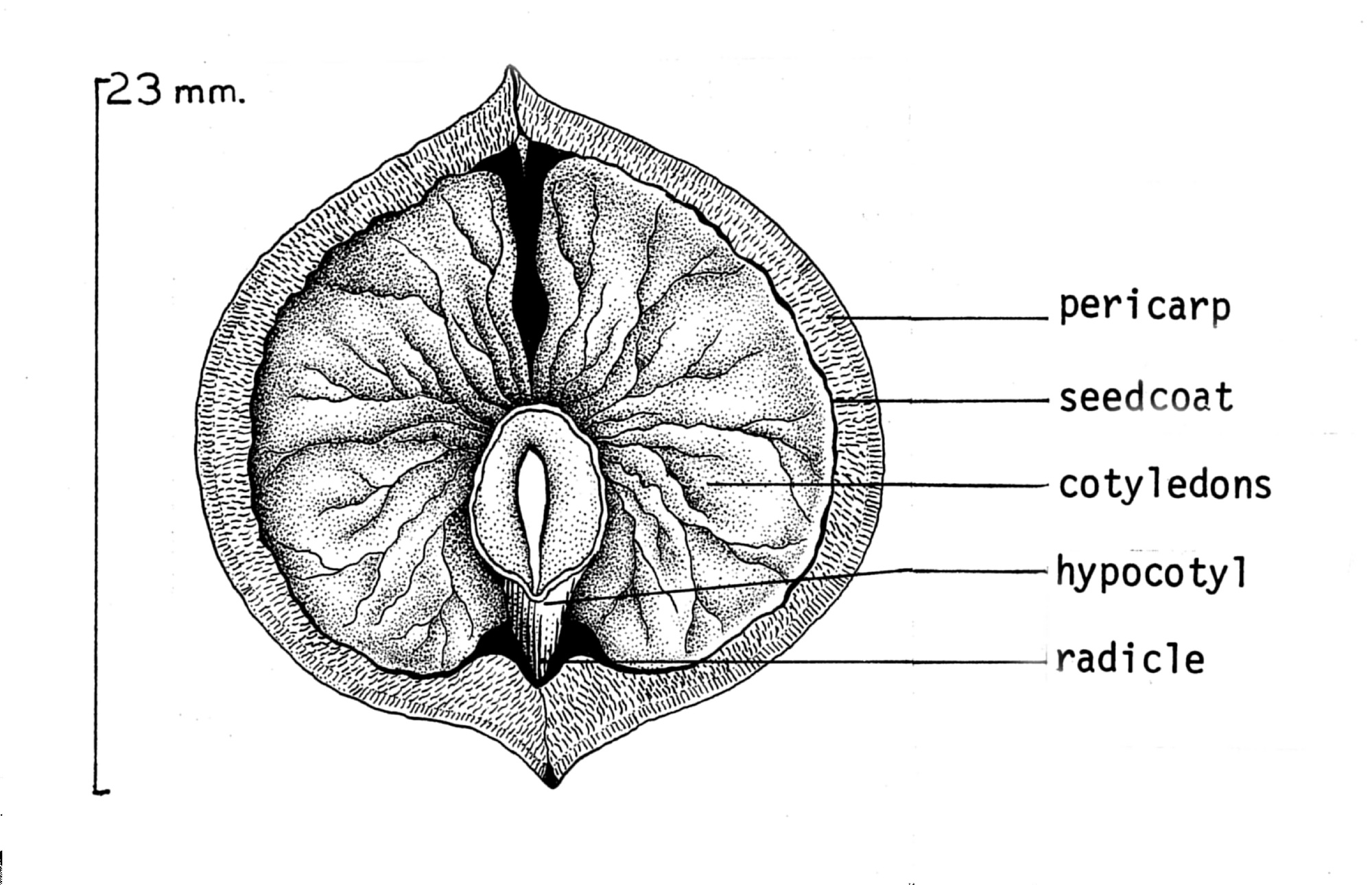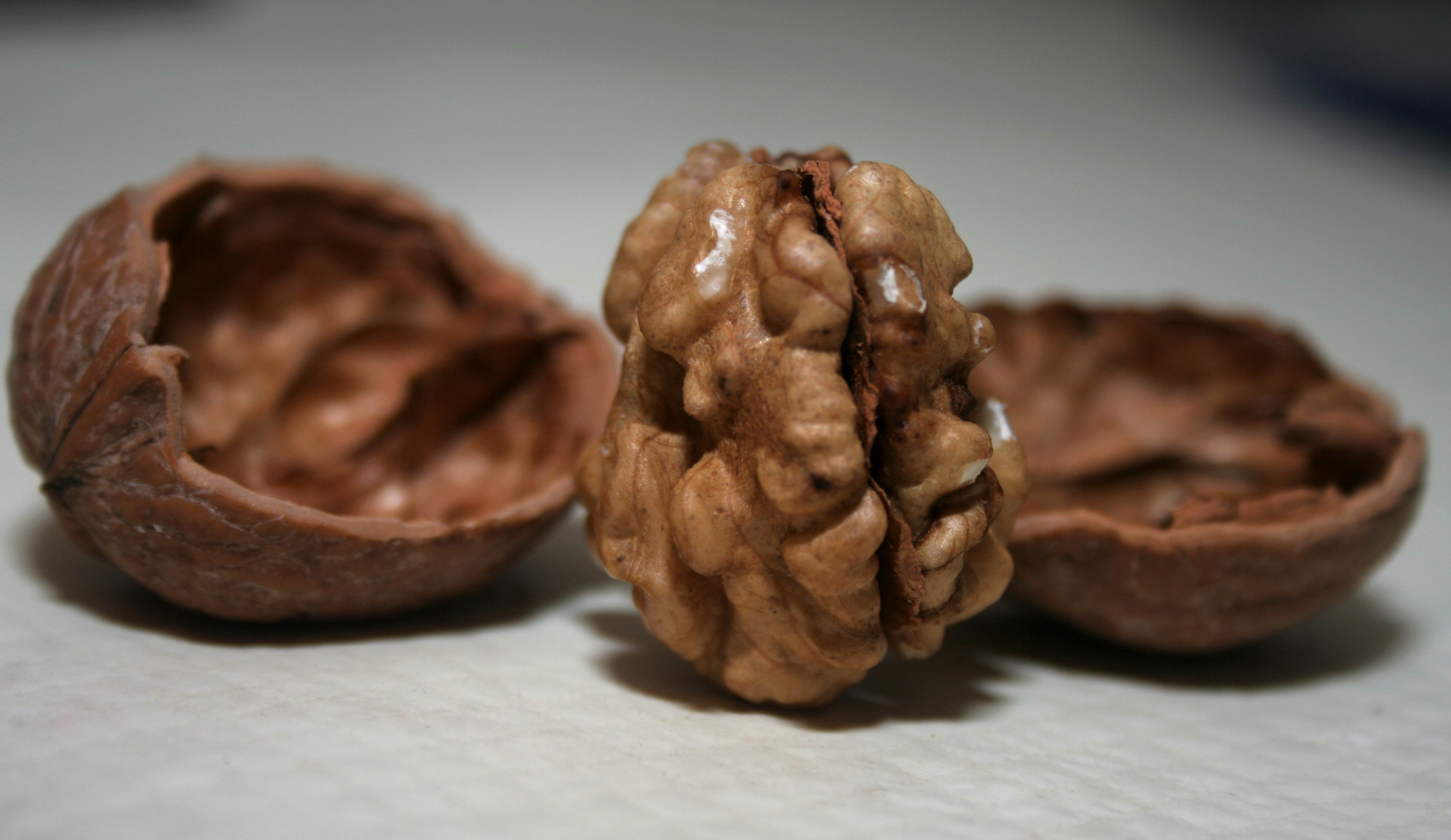|
Cashews
Cashew is the common name of a tropical evergreen tree ''Anacardium occidentale'', in the family Anacardiaceae. It is native to South America and is the source of the cashew nut and the cashew apple, an accessory fruit. The tree can grow as tall as , but the dwarf cultivars, growing up to , prove more profitable, with earlier maturity and greater yields. The cashew nut is edible and is eaten on its own as a snack, used in recipes, or processed into cashew cheese or cashew butter. The nut is often simply called a 'cashew'. The cashew apple is a light reddish to yellow fruit, whose pulp and juice can be processed into a sweet, astringent fruit drink or fermented and distilled into liquor. In 2023, 3.9 million tons of cashew nuts were harvested globally, led by the Ivory Coast and India. In addition to the nut and fruit, the shell yields derivatives used in lubricants, waterproofing, and paints. Description The cashew tree is large and evergreen, growing to tall, with a short, ... [...More Info...] [...Related Items...] OR: [Wikipedia] [Google] [Baidu] |
Cashew Butter
Cashew butter is a food spread made from baked or roasted cashews. It is rich and creamy in flavour and when stored the oils and solids separate easily. Cashew butter is high in protein, unsaturated fats and vitamin B. One tablespoon of unsalted cashew butter provides 94 calories, 12 percent of the daily value of fat and 8 percent of the daily value of saturated fat. However, it contains less fat than most nuts. Cashew butter was among the foods packaged in metal cans for United States civil defense survival kits during the Cold War. According to the University of Kentucky Cooperative Extension Service it is better to eat raw cashew butter than the roasted variety, due to the higher nutrient levels. Cashew butter can be spread on toast, added to smoothies or oatmeal, used as a dip for apple slices or as the base for vegan cashew nut cheese. See also * List of spreads * Nut butter * Peanut butter Peanut butter is a food Paste (food), paste or Spread (food), spread ... [...More Info...] [...Related Items...] OR: [Wikipedia] [Google] [Baidu] |
Cashew Of Pirangi
The Cashew Tree of Pirangi (''Cajueiro de Pirangi''), also called the world's largest cashew tree (''maior cajueiro do mundo''), is a cashew tree in Pirangi do Norte, Rio Grande do Norte, Brazil.Natal Tourist Attractions: Sightseeing and Attractions in Natal Area, Brazil , ''World-Guides''. In 1994, the tree entered the ''Guinness Book of Records''. It covers an area between and .M. Angela A. Meireles (2008). ''Extracting Bioactive Compounds for Food Products: Theory and Applications'', p.332. . Having the size of 70 normally sized cashew trees,Margaret Kelly, ed. (2008). ''Fodor's Brazil'', p.453. . it has a circumference of . The vicinity ... [...More Info...] [...Related Items...] OR: [Wikipedia] [Google] [Baidu] |
Natal, Rio Grande Do Norte
Natal (), literally ''Christmas'' or ''natal'' ("birth") is the capital and largest city of the States of Brazil, state of Rio Grande do Norte, located in Northeast Region, Brazil, northeastern Brazil. According to Brazilian Institute of Geography and Statistics, IBGE's 2022 estimate, the city had a total population of 751,300, making it the 24th largest city in the country. Natal is a major tourist destination and an exporting hub of crustaceans, carnauba wax, sugarcane, sugarcane products and fruits, mostly melon, watermelon, and papaya. Natal is Brazil's closest city to Africa and Europe, its Greater Natal International Airport connects the city with many Brazilian destinations and also operates some international flights. The city was one of the host cities of the 2014 FIFA World Cup. History The Brazilian coast has long been home to indigenous peoples, generally members of the Tupian languages, Tupi language family. While written records do not exist, archeological evi ... [...More Info...] [...Related Items...] OR: [Wikipedia] [Google] [Baidu] |
Toxin
A toxin is a naturally occurring poison produced by metabolic activities of living cells or organisms. They occur especially as proteins, often conjugated. The term was first used by organic chemist Ludwig Brieger (1849–1919), derived from '' toxic''. Toxins can be small molecules, peptides, or proteins that are capable of causing disease on contact with or absorption by body tissues interacting with biological macromolecules such as enzymes or cellular receptors. They vary greatly in their toxicity, ranging from usually minor (such as a bee sting) to potentially fatal even at extremely low doses (such as botulinum toxin). Terminology Toxins are often distinguished from other chemical agents strictly based on their biological origin. Less strict understandings embrace naturally occurring inorganic toxins, such as arsenic. Other understandings embrace synthetic analogs of naturally occurring organic poisons as toxins, and may or may not embrace naturally oc ... [...More Info...] [...Related Items...] OR: [Wikipedia] [Google] [Baidu] |
Irritation
Irritation, in biology and physiology, is a state of inflammation or painful reaction to allergy or cell-lining damage. A stimulus or agent which induces the state of irritation is an irritant. Irritants are typically thought of as chemical agents (for example phenol and capsaicin) but mechanical, thermal (heat), and radiative stimuli (for example ultraviolet light or ionising radiations) can also be irritants. Irritation also has non-clinical usages referring to bothersome physical or psychological pain or discomfort. Irritation can also be induced by some allergic response due to exposure of some allergens for example contact dermatitis, irritation of mucosal membranes and pruritus. Mucosal membrane is the most common site of irritation because it contains secretory glands that release mucus which attracts the allergens due to its sticky nature. Chronic irritation is a medical term signifying that afflictive health conditions have been present for a while. There are many dis ... [...More Info...] [...Related Items...] OR: [Wikipedia] [Google] [Baidu] |
Anacardic Acid
Anacardic acids are phenolic lipids, chemical compounds found in the shell of the cashew nut (''Anacardium occidentale''). An acid form of urushiol, they also cause an allergic skin rash on contact, known as urushiol-induced contact dermatitis. Anacardic acid is a yellow liquid. It is partially miscible with ethanol and ether, but nearly immiscible with water. Chemically, anacardic acid is a mixture of several closely related organic compounds. Each consists of a salicylic acid substituted with an alkyl chain that has 15 or 17 carbon atoms. The alkyl group may be Saturated and unsaturated compounds, saturated or unsaturated; anacardic acid is a mixture of saturated and unsaturated molecules. The exact mixture depends on the species of the plant. The 15-carbon unsaturated side chain compound found in the cashew plant is lethal to Gram-positive bacteria. Folk use for tooth abscesses, it is also active against acne, some insects, tuberculosis, and Methicillin-resistant Staphylococcus ... [...More Info...] [...Related Items...] OR: [Wikipedia] [Google] [Baidu] |
Natural Phenol
In biochemistry, naturally occurring phenols are natural products containing at least one phenol functional group. Phenolic compounds are produced by plants and microorganisms. Organisms sometimes synthesize phenolic compounds in response to ecological pressures such as pathogen and insect attack, UV radiation and wounding. As they are present in food consumed in human diets and in plants used in traditional medicine of several cultures, their role in human health and disease is a subject of research. Some phenols are germicidal and are used in formulating disinfectants. Classification Various classification schemes can be applied. A commonly used scheme is based on the number of carbons and was devised by Jeffrey Harborne and Simmonds in 1964 and published in 1980: C6-C7-C6 Diarylheptanoids are not included in this Harborne classification. They can also be classified on the basis of their number of phenol groups. They can therefore be called ''simple phenols'' or ... [...More Info...] [...Related Items...] OR: [Wikipedia] [Google] [Baidu] |
Nut (fruit)
A nut is a fruit consisting of a hard or tough nutshell protecting a kernel which is usually edible. In general usage and in a culinary sense, many dry seeds are called nuts, but in a botanical context, "nut" implies that the shell does not open to release the seed (Dehiscence (botany), indehiscent). Most seeds come from fruits that naturally free themselves from the shell, but this is not the case in nuts such as hazelnuts, chestnuts, and acorns, which have hard shell walls and originate from a compound ovary. Definition A seed is the mature fertilised ovule of a plant; it consists of three parts, the embryo which will develop into a new plant, stored food for the embryo, and a protective seed coat. Botany, Botanically, a nut is a fruit with a woody pericarp developing from a syncarpous gynoecium. Nuts may be contained in an Bract#Involucral bracts, involucre, a cup-shaped structure formed from the flower bracts. The involucre may be scaly, spiny, leafy or tubular, depending ... [...More Info...] [...Related Items...] OR: [Wikipedia] [Google] [Baidu] |
Seed
In botany, a seed is a plant structure containing an embryo and stored nutrients in a protective coat called a ''testa''. More generally, the term "seed" means anything that can be Sowing, sown, which may include seed and husk or tuber. Seeds are the product of the ripened ovule, after the embryo sac is fertilization, fertilized by Pollen, sperm from pollen, forming a zygote. The embryo within a seed develops from the zygote and grows within the mother plant to a certain size before growth is halted. The formation of the seed is the defining part of the process of reproduction in seed plants (spermatophytes). Other plants such as ferns, mosses and marchantiophyta, liverworts, do not have seeds and use water-dependent means to propagate themselves. Seed plants now dominate biological Ecological niche, niches on land, from forests to grasslands both in hot and cold climates. In the flowering plants, the ovary ripens into a fruit which contains the seed and serves to disseminate ... [...More Info...] [...Related Items...] OR: [Wikipedia] [Google] [Baidu] |
Nutshell
A nutshell is the outer shell of a nut. Most nutshells are inedible and are removed before eating the nut meat inside. It covers and protects the kernel, which may be edible. Usage Most nutshells are useful to some extent, depending on the circumstances. Walnut shells can be used for cleaning and polishing, as a filler in dynamite, and as a paint thickening agent. Shells from pecans, almonds, Brazil nuts, acorns, and most other nuts are useful in composting. Their high porosity makes them also ideal in the production of activated carbon by pyrolysis. Shells can also be used as loose-fill packing material, to protect fragile items in shipping. Idiomatic usage The expression "in a nutshell" (of a story, proof, etc.) means "in essence", metaphorically alluding to the fact that the essence of the nut – its edible part – is contained inside its shell. The expression further gave rise to the journalistic term '' nut graph'', short for ''nutshell paragraph''. In ''Hamlet'' ... [...More Info...] [...Related Items...] OR: [Wikipedia] [Google] [Baidu] |
Drupe
In botany, a drupe (or stone fruit) is a type of fruit in which an outer fleshy part (exocarp, or skin, and mesocarp, or flesh) surrounds a single shell (the ''pip'' (UK), ''pit'' (US), ''stone'', or ''pyrena'') of hardened endocarp with a seed (''kernel'') inside. Drupes do not split open to release the seed, i.e., they are dehiscence (botany), indehiscent. These fruits usually develop from a single carpel, and mostly from flowers with Superior ovary, superior ovaries (polypyrenous drupes are exceptions). The definitive characteristic of a drupe is that the hard, woody (lignified) stone is derived from the Ovary (botany), ovary wall of the flower. In an aggregate fruit, which is composed of small, individual drupes (such as a raspberry), each individual is termed a drupelet, and may together form an aggregate fruit. Such fruits are often termed ''berries'', although botanists use a Berry (botany), different definition of ''berry''. Other fleshy fruits may have a stony enclosur ... [...More Info...] [...Related Items...] OR: [Wikipedia] [Google] [Baidu] |
Boxing Glove
Boxing gloves are cushioned gloves that fighters wear on their hands during boxing matches and practices. Unlike "fist-load weapons" (such as the ancient cestus (boxing), cestus) which were designed as a lethal weapon, modern boxing gloves are non-lethal, designed to protect both the opponent's head and the fighter's hand during a bout. Sparring and other forms of boxing training have their own specialized gloves. History Ancient Near East, Ancient Middle-Eastern and Ancient Egypt, Egyptian depictions of boxing showed contests where fighters had a band supporting the wrist. Early depictions of gloves in boxing date back to Minoan Crete . The use of hand protection in fighting contests undertaken for sport has been known since Ancient Greek boxing, Ancient Greece. However, the gloves were very different from those of modern boxing, as was the sport itself. In Ancient Greece, it was common practice to tie strips of leather round the hands for protection. In Roman times, this dev ... [...More Info...] [...Related Items...] OR: [Wikipedia] [Google] [Baidu] |






